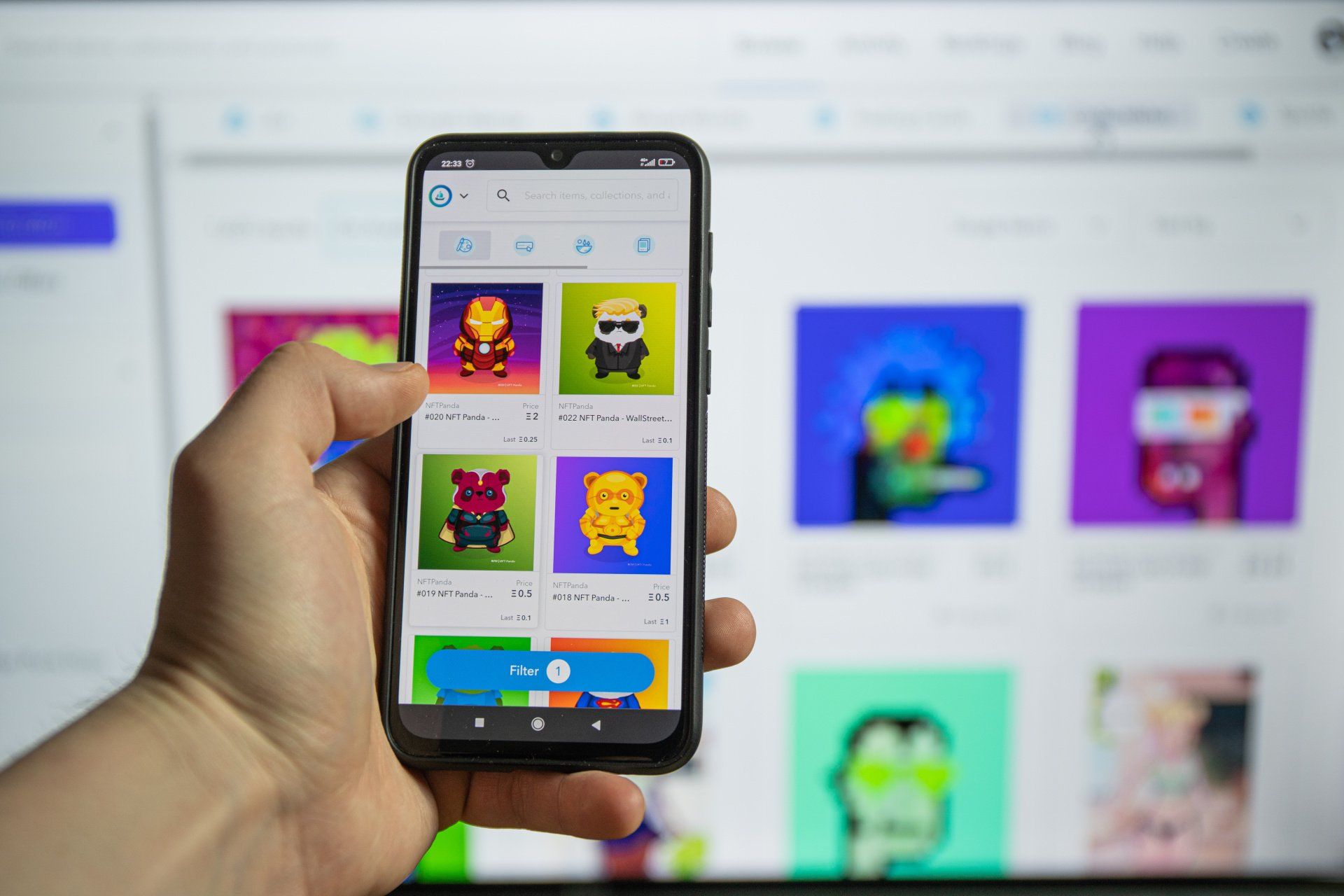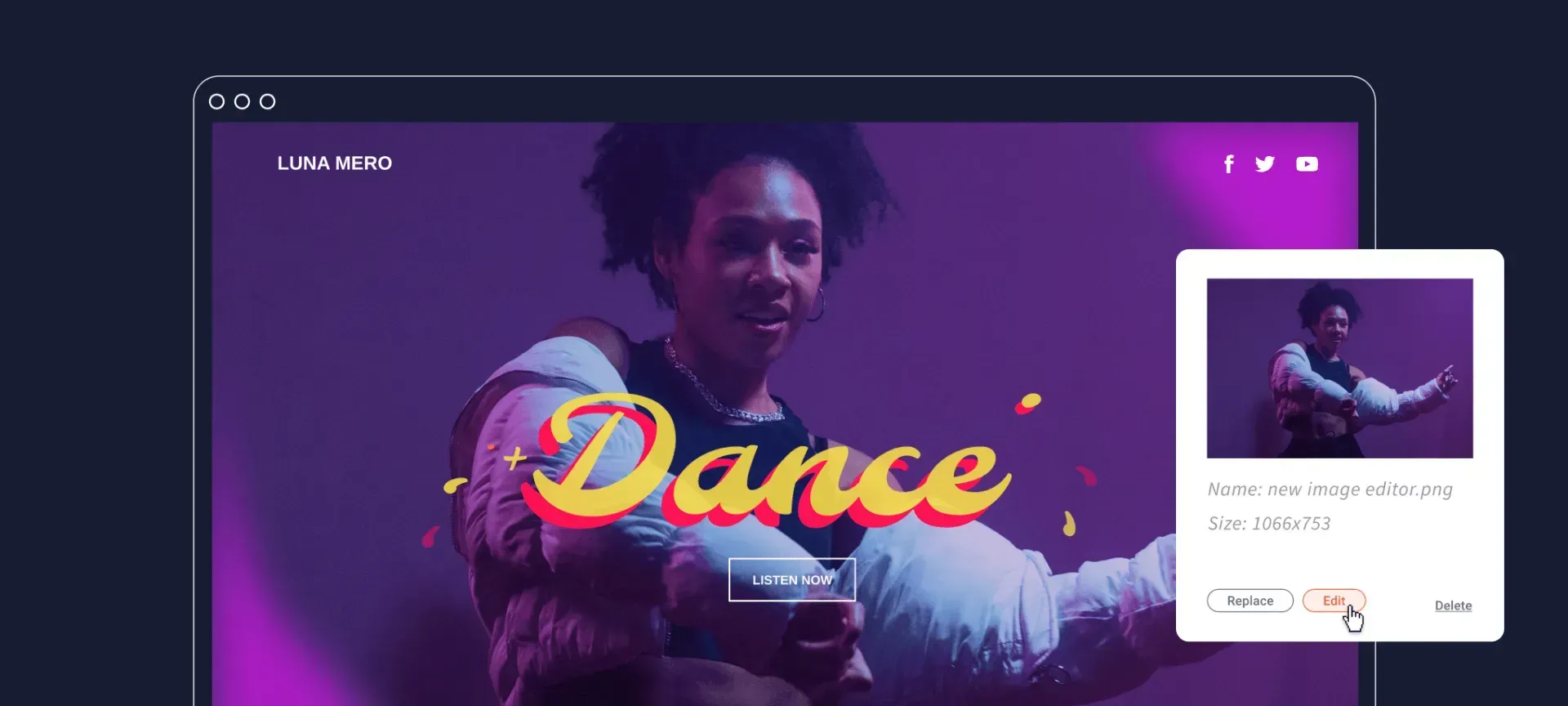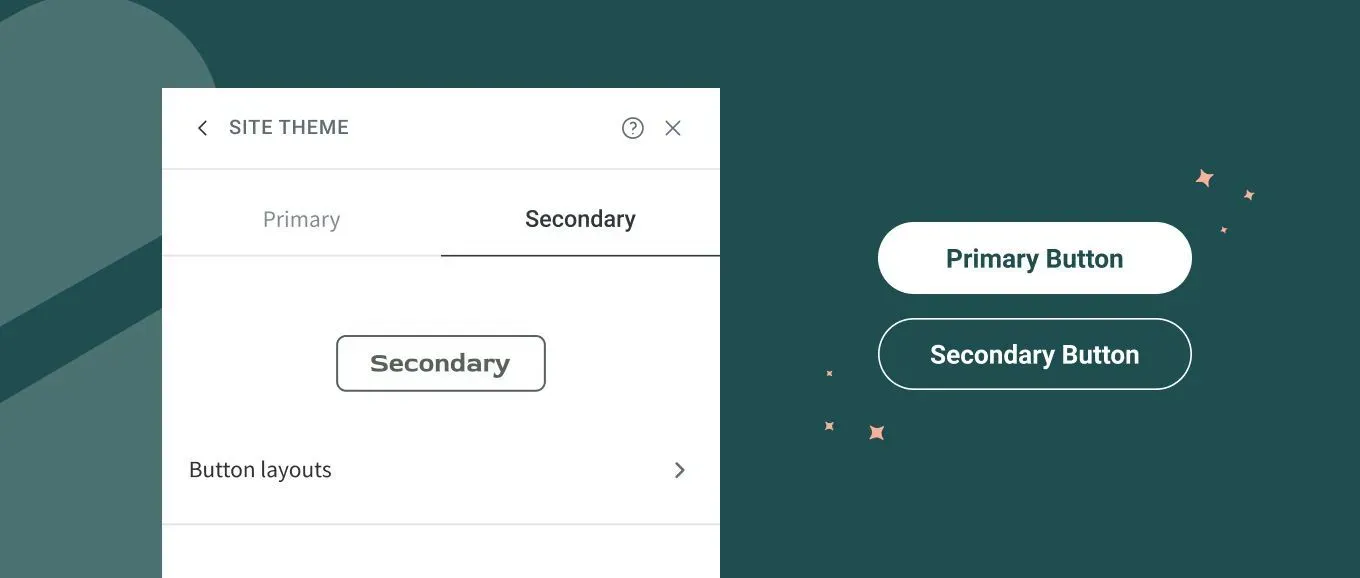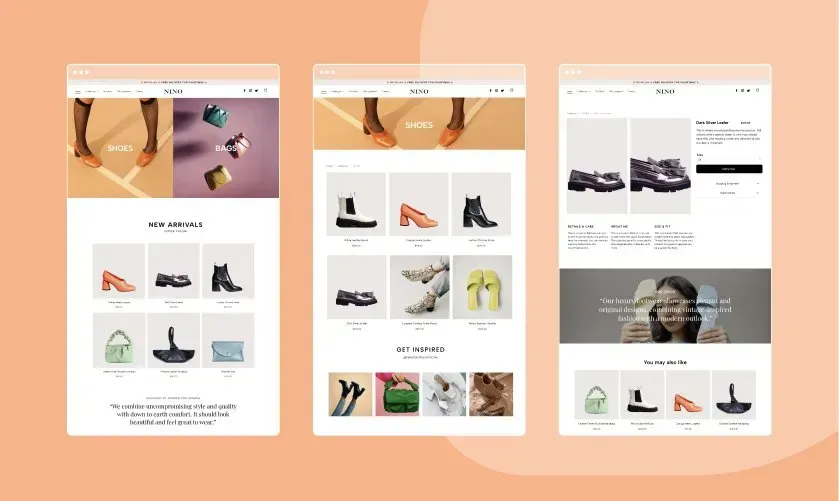Investment in non-fungible tokens (NFTs) has grown immensely since 2020, in fact
sales totalled $24.9 billion in 2021, compared to just a mere
$94.9 million in 2020. Now you may be wondering how they have become so popular and why investors are willing to spend thousands or even millions on a single NFT.
That's why we've put together a brief rundown on what NFTs are, why some people choose to invest in them, and much more.
What is an NFT?
To understand what a non-fungible token is, it’s important to first know the meaning of non-fungible. Since fungible describes something that can be evenly exchanged for something else, non-fungible describes something pretty unique in that it cannot be swapped out. When you buy a cup of coffee, you can choose to pay with any of the pound notes in your wallet, because those are fungible. If you own an original painting, however, it is one of a kind, or non-fungible.
Digital art is the focus of a lot of current NFT trading, although NFTs can be made into anything digital — for example a gif, jpeg, tweet or YouTube video - the NFT itself is a unit of data that provides proof of ownership. In a way you could think of it as a certificate of authenticity that verifies a particular person owns the rights to that digital asset. But where is an NFT stored? That would be on a
blockchain - a publicly accessible digital ledger of transactions that allows anyone around the world to see who owns a particular NFT.
NFTs are bought and sold on various online exchanges, where people can place bids or sometimes buy NFTs outright. These types of purchases are typically made in
cryptocurrency, often ether, since many of the NFT platforms are part of the
Ethereum blockchain.
What types of NFTs are there?
Though NFTs come in many different forms, the most prominent type of NFT comes in the form of artwork copies. If you’re looking at NFTs of artworks, they usually don’t represent much other than you buying a piece of artwork that you can display and say you own. You can also create a virtual gallery in the metaverse to showcase NFT art, but that's for a more engaging experience than monetising the art. NFTs can also come in the form of a digital plot of land in the metaverse that you can build experiences on and organize virtual events, or as in-game assets, such as exclusive skins and add-ons.
Then there are NFT collectibles that grant you access to exclusive membership clubs. A famous example would be the Bored Ape Yacht Club, which boasts about members like:
- Shaquille O’Neal
- Snoop Dogg
- Paris Hilton
- Kevin Hart
- Eminem
- Gary Vaynerchuk
- Jimmy Fallon
- Post Malone
- Gwyneth Paltrow
Who can create an NFT?
Literally anybody can create an NFT. If you want to make your own NFT, there are different platforms you can try, we suggest looking into OpenSea, objkt.com and Rarible. There are a lot of marketplaces where anybody can launch their own NFT, here's a list of the top ten you should check out.
There's a common misconception that once you create an NFT, you have to sell it. You really don’t. It can just be for yourself to acknowledge that you’ve created a piece of artwork as proof and documentation.

Can you only buy NFTs with cryptocurrency?
It all depends on the marketplace you are on. Some marketplaces only transact in cryptocurrency, while other accept credit cards too. It depends on which platform the artworks is printed on and where they are selling.
Are all NFTs really expensive?
Absolutely not. The NFT artworks you've probably heard about cost million of dollars, we’ve all seen the sky-high prices in the news, but there are also lots of artworks that are sold for as little as $10. The less expensive NFTs have been found a lot on the
Tezos blockchain. So if you're looking to create or buy NFTs with a lower price tag to it, definitely head over to Tezos and have a look for yourself. Many artists just enjoy creating artwork and making it accessible to everybody. So along with a wide variety of NFTs, comes a wide range of prices too.

-
Features
-
Useful Links
-
Reasources
-
Help & Support
-
The Legal Stuff
-
Contact Us
RESOURCES
CONTACT US
Gateway House, Grove Park
Leicester, LE19 1SY


